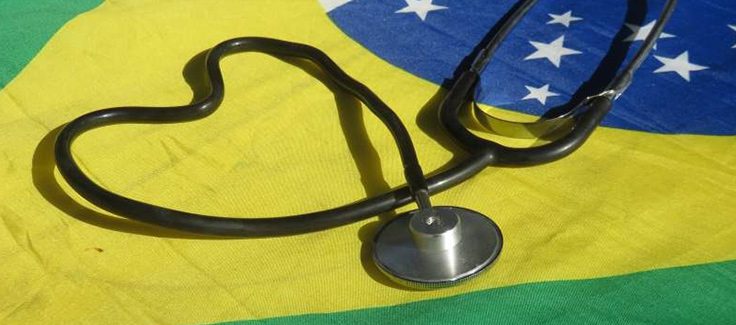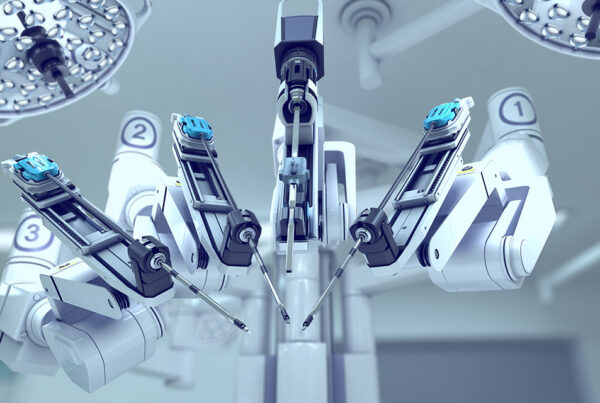The year 2023 promises to be an auspicious year for Brazilian’s health, as several factors will drive the sector to recover its pre-2020 dynamism.
Over the past year, with the pandemic under control, the Brazilian market not only returned to its prepandemic volumes of health services, but also began trending toward constant growth, which will continue in 2023 with the change of government.
Three factors signaling a 2023 expansion in health
On the one hand, in 2021, the volumes of surgical procedures that had decreased during the pandemic began rising.
With a total of 18,826,063 procedures performed in 2020, the suspension of scheduled surgery during the COVID-19 pandemic led to a 25.5% decrease in the number of surgical procedures performed compared to the previous year, which had been 25,277,442. The following year saw a 16.1% recovery in the total surgical procedures performed, 21,874,492, still falling short of prepandemic levels.
In 2022, the rate of surgical care was reestablished. According to preliminary data from the 2022 SurgiScope survey, the number of surgical procedures performed monthly by Brazil’s “Single Health System” is now close to the same amount as before the COVID-19 pandemic.
Another factor that bodes well for greater dynamism this year is the hospital medical products market, which grew by nearly 25 percent in the first three quarters of last year. Consumption of health products also increased by nearly five percent in the same period.
A third factor pointing to higher spending on health is administration change in Brazil. As Guillaume Corpart, CEO of Global Health Intelligence, observes: “Brazilian president, Luiz Inácio Lula da Silva, took office on January 1, 2023. While it is too soon to reach conclusions, it is possible that, during his term, we will see a greater amount of funds allocated to public health, which had decreased as a result of the cutbacks in Brazil’s public health system during the previous administration of Jair Bolsonaro.”
The Brazilian health system
Brazil’s health system comprises a public sector, known as the Single Health System (or SUS by its initials in Portuguese), which provides free health care to 75% of the population through a mixture of proprietary services and private contractors, and a growing private sector that provides health care to the other 25% of Brazilians.
SUS is a universal, free, public system, funded through taxation, providing health services to over 190 million users in a country with a total population of 214,326,223. The system, with an annual expenditure of 54 billion dollars, is funded by the Federal Government and implemented by the municipalities and governorships. It is based on the British public health model and was created under the Constitution of 1988, after the military dictatorship (1964–1985), and its implementation is regulated under Act 8080, promulgated in 1990.
What kinds of surgery are Brazilians having?
According to SurgiScope, the top 10 procedures most performed in Brazil in 2021 were:
- Small surgical procedures, and surgery on skin, subcutaneous tissue, and mucous membranes: 10325675
- Surgery of the musculoskeletal system: 1551497
- Obstetric surgery: 1235756
- Surgery of the visual apparatus: 1158042
- Surgery of the digestive system, associated organs, and abdominal wall: 1115360
- Collection and examinations for purposes of organ, tissue, and cell donation and transplantation: 845986
- Surgery of the genitourinary system: 716570
- Surgery of the upper airway, face, head, and neck: 710491
- Surgery of the circulatory system: 664014
- Follow-up of pre- and post-transplant operations, and intercurrent diseases: 621394
Analyzing the data, Corpart notes: “The drop in the number of surgical procedures performed annually in Brazil began in the first quarter of 2020 and bottomed out one year later in 2021. You can see that the recovery began in the second quarter of the same year, but stability levels comparable to prepandemic volumes of procedures were achieved in the second quarter of 2022. This is particularly visible in the number of coronary operations, which fell by 39% between 2020 and 2021, and returned to prepandemic levels in 2022. A similar trend is seen in the rest of the region, although it is more noticeable in Brazil because of the country’s size and the number of procedures performed.”
By contrast, for the same period, we see a drop in demand for medical equipment and devices linked to the treatment of COVID-19, particularly equipment related to patient ventilation. In this case, ventilator sales dropped 85% in 2022, after having grown more than seven-fold between 2020 and 2021. This has to do with control of the pandemic thanks to vaccination and the reduced virulence of the disease.
In conclusion, “this is a good sign because, based on all of this, it shows we have returned to a balance in the health system and that the market is growing from there,” Corpart says. If we add to all this the fact that, in the last quarter of 2022, purchases of medical devices and equipment grew by 2.4%, it makes Brazil one of the most attractive markets in the region in terms of both size and growth.
Next steps
Contact us to learn more about GHI’s SurgiScope and HospiRank solutions. Both are resources for medical equipment manufacturers in Brazil and other Latin American countries, offering them a view of which hospitals in the region have specific types of equipment, and in what quantities, as well as reference points for hospital administrators.




